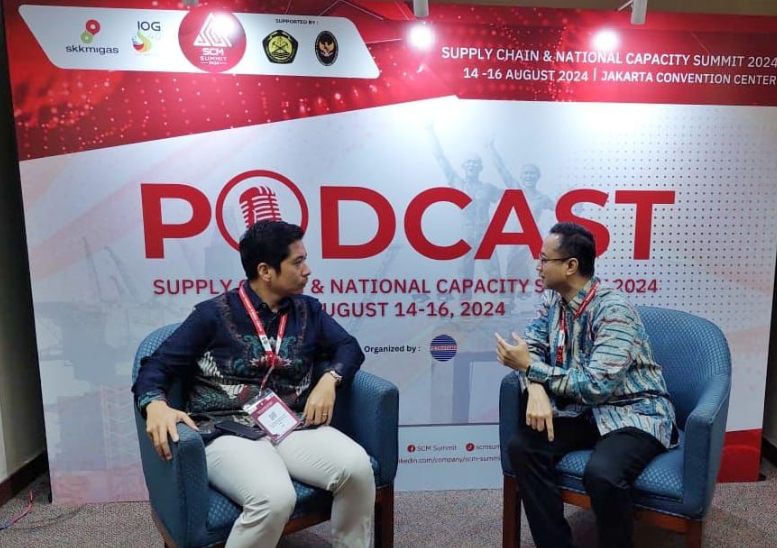Kembali Ke Beranda
20 Agu 2024
PGN Integrates Infrastructure & Gas Commodities Management to Meet Downstream Gas Needs
Jakarta – PT PGN Tbk continues to develop the utilization of natural gas through various efforts, one of which is the integration of infrastructure management, both pipelines and beyond pipelines, and natural gas commodities to address challenges in the downstream gas sector. The integration of infrastructure and gas commodities management will enhance reliability, flexibility, and affordability, strengthening the interconnection of market hubs.
"With this integration, we are ready to adjust our operational patterns so that natural gas services can be more flexible, and the market can more easily ensure supply certainty. This year, the introduction of LNG products and beyond-pipeline services into the existing PGN market becomes an enabler for quick wins according to the dynamics of supply, demand, and the gas business environment," said Muhammad Anas Pradipta, Group Head of Gas and LNG Supply at PGN, on August 20, 2024.
Anas continued, the supply of natural gas from Sumatra to Java will be more sustainable in the future through the integration of transmission pipelines. However, considering the geographical challenges and the availability of LNG terminals, PGN is currently designing small-scale LNG.
"LNG transportation modes can meet the gas needs of existing market hubs. The challenge is the dispersed demand, which creates a supply chain challenge. However, we will continue to address this as a solution for gas distribution in central and eastern Indonesia," Anas explained.
The development of LNG infrastructure, including the LNG Hub, is aimed at addressing the imbalance between supply and demand. The LNG Hub will be a key enabler in strengthening the reliability and availability of natural gas distribution as a transition energy.
PGN currently owns LNG infrastructure throughout Indonesia, including FSRU Lampung (240 MMSCFD), FSRU West Java (500 MMSCFD), LNG RT in Lhokseumawe – Aceh (400 MMSCFD), and LNG Lamong (25-30 BBTUD).
The planned LNG Hub, located in Arun along the international trade route, optimizes assets and aligns with the strategic plan to adjust to future oil and gas field development potential. Through Perta Arun Gas, PGN is currently revitalizing one LNG tank unit, expected to be operational by 2025.
PGN also plans to develop LNG bunkering at several locations, including Arun, Tanjung Priok, and Bontang. The short-term target is bunkering in Bontang, which will serve LNG-fueled vessels with capacities of 1,000 to 15,000 m3 on shipping routes through the Makassar Strait to Australia (saving 2-3 days of travel), with the target COD in 2026.
In addition to building the LNG Hub, one mechanism to address the imbalance between supply and demand is through the development of retail business using CNG and LNG based on customer volume categories and the distance between supply and demand locations. Another effort is mapping SPBU locations across Indonesia (24 PGN and Pertamina SPBG units) with the potential gas demand from customers across Indonesia (15.5 BBTUD) that can be served using CNG.
CNG services and market penetration also allow the use of cylinder tanks (24 m3 capacity per tank). The projected gas demand for 0.5 BBTUD would require 1,320 cylinders. Meanwhile, for LNG supply chains, isotanks are used, which are already in operation in Bontang by PT Pertagas Niaga.
"Synergy in planning with industrial areas is key to optimizing the use of natural gas as transition energy. PGN’s gas management has almost 60% allocated for the industry. If PGN’s Quick Win efforts are synergized and can become part of a coordinated blueprint for national gas service stakeholders, we are confident and committed that expanding access to natural gas by making industrial areas a key anchor for gas absorption will create a significant multiplier effect for the national economy. This will also increase the effectiveness and efficiency of future natural gas infrastructure development, which will impact the downstream gas economy, benefiting all stakeholders in the natural gas service chain," Anas concluded.
Kembali Ke Beranda











